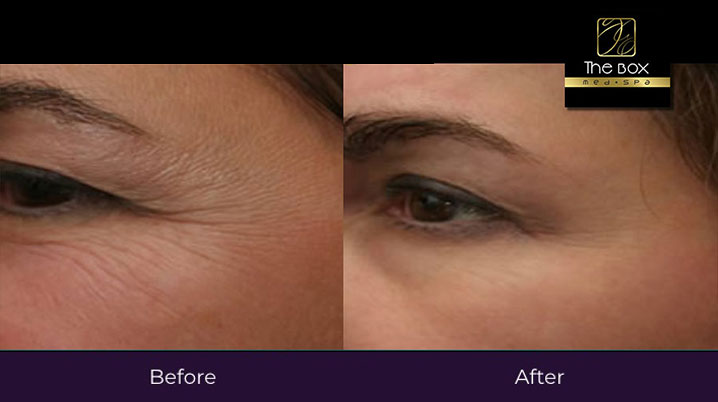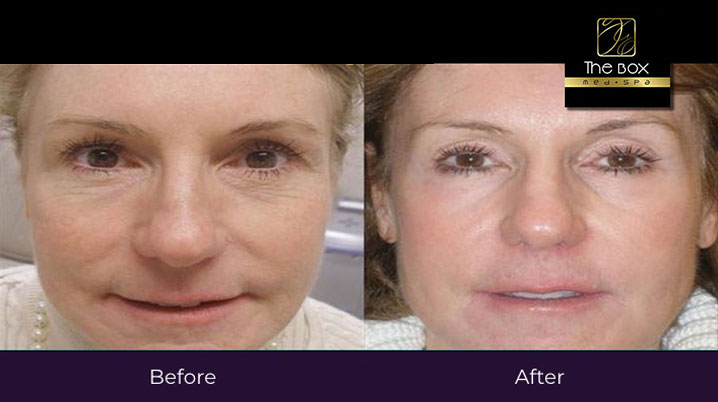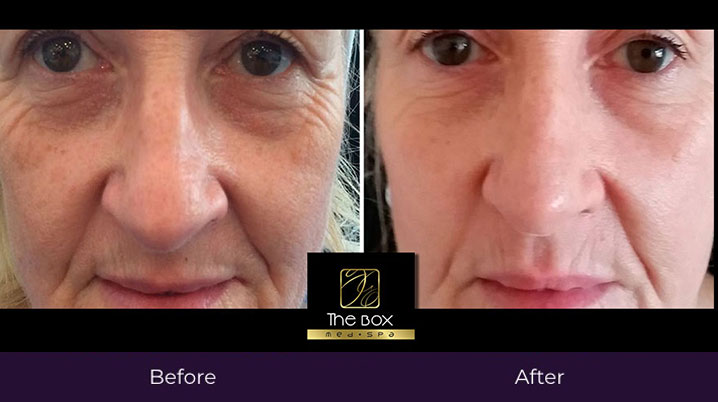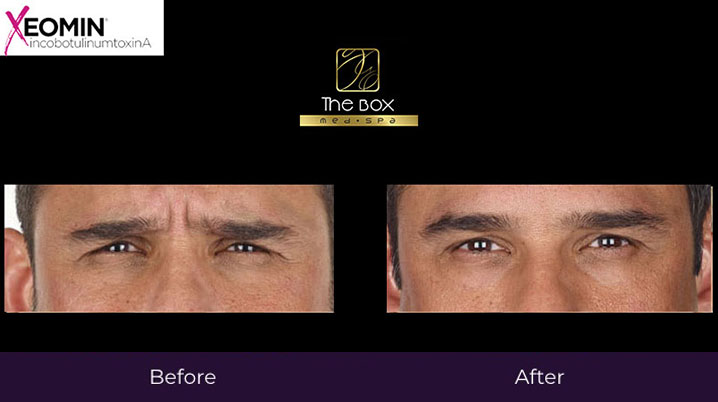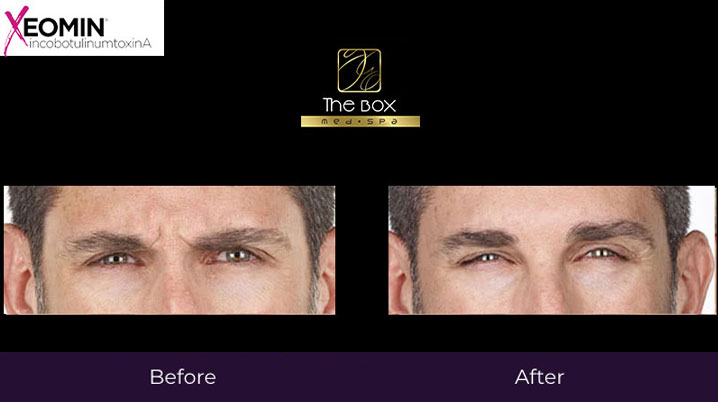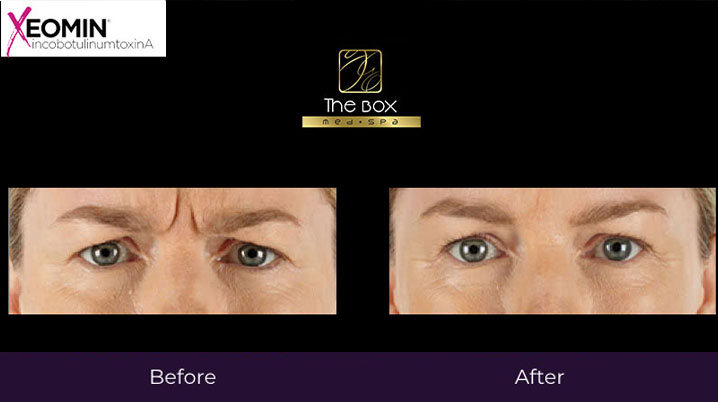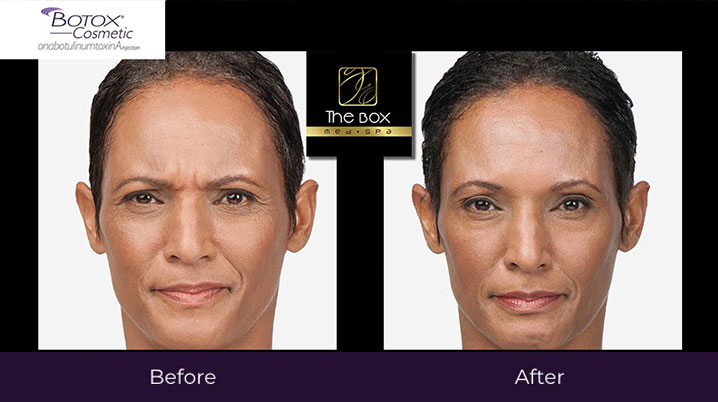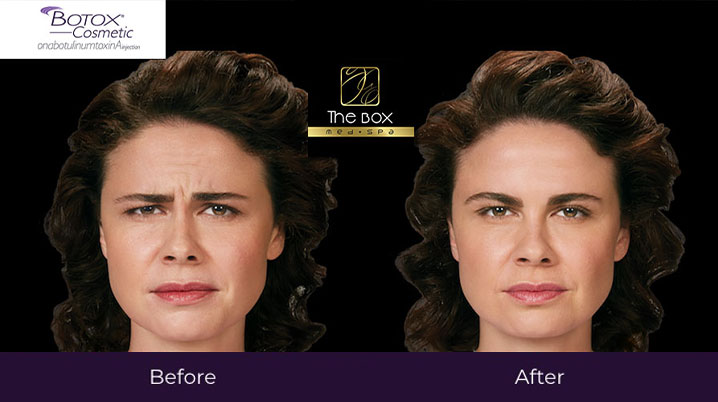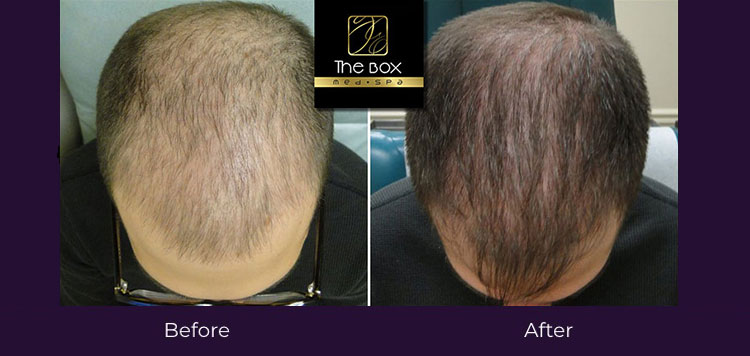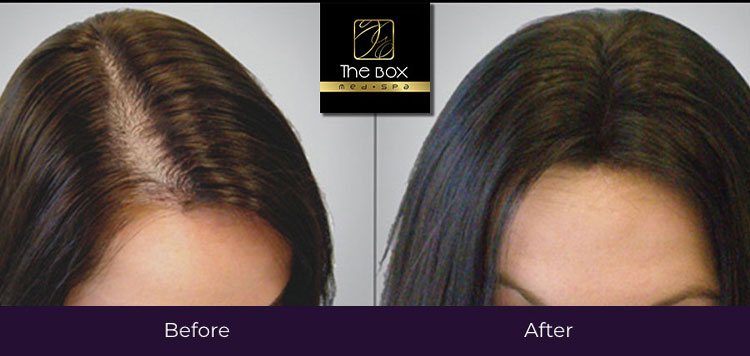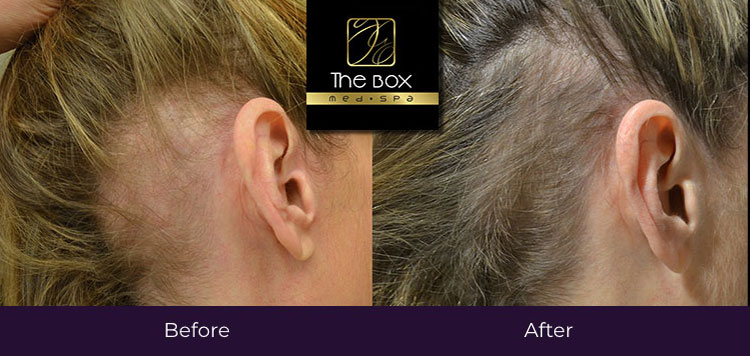A vampire facial is a treatment that uses a chemical peel or glycolic acid to remove a layer of skin and stimulate collagen production. This process leads to tighter, more youthful skin. This article will outline some differentiating factors between traditional and vampire facials and potential risks that may be involved in these procedures.
How does a vampire facial work?
Aestheticists use chemical peels at lower concentrations, usually around 2%, to treat inflammatory conditions like acne. Vampire facials use chemical peels at higher concentrations, such as the Jessner’s solution at 15-25%. Jessner’s solution is so strong it can be corrosive to skin and mucous membranes if not applied correctly.
The vampire facial uses a chemical peel to remove select layers of skin. Glycolic acid or lactic acid are used in relatively high concentrations to remove the upper layers of the skin (epidermis). These chemicals are also used in post-procedure moisturizers to maintain the epidermis for long periods. The problem with these high concentrations is that they can lead to hypopigmentation (lightening of the skin), hyperpigmentation (darkening of the skin), cystic acne, and other problems.
The vampire facial uses glycolic acid and lactic acid at a much lower concentration, usually around 0.5%, to remove the lower layers of the skin (dermis). The thinning of this layer of skin results in a more defined and youthful appearance. The effects of this treatment last at least six months.
The vampire facial can be used as a stand-alone treatment or in conjunction with other facial rejuvenation procedures. For greater results, a vampire facial can be combined with other treatments such as injectables, laser hair removal, and LED light therapy.
What is the process?
A vampire facial procedure begins with the aesthetician cleansing the skin for treatment. The aesthetician will then apply a solution of 0.5% glycolic acid to help break down the skin’s bonds, which will begin to peel off in small strips. The aesthetician will be careful not to move the strips too far from their original place so that they can be glued back onto the face in one piece when they are complete.
The aesthetician will carefully apply a thin layer of the lactic acid solution to the skin, which can cause burning. The aesthetician will then carefully remove this layer of skin and apply a new layer of glycolic acid. This process is repeated until the desired effect is achieved.
A vampire facial procedure usually lasts between 15 and 20 minutes. Afterward, the aesthetician will recommend treatments such as collagen to promote collagen production and collagen mask to help hydrate skin. The aesthetician will recommend multiple treatments to maintain the results.
What are the risks?
The vampire facial is a relatively new treatment, and there have been no published studies on its efficacy. The aspects of this treatment that have been studied, such as hyperpigmentation and hypopigmentation, lead to changes in skin color over time. Although a few people have had difficulties with hyperpigmentation, these issues are usually resolved with proper precautions and good post-procedure care.
The cosmetic physician may prescribe products such as vitamin C, beta-carotene, and retinol for patients concerned about the changes in skin color or texture. The aesthetician will be sure to observe any changes in skin color or texture during a vampire facial treatment and adjust the concentration of the treatments as needed.
What if you have sensitive skin?
While the vampire facial does not have many side effects, people considering this treatment should be aware of how their skin will react. Suppose a person’s skin is particularly sensitive to peels and chemical treatments. In that case, they may want to opt for lighter treatments such as chemical peels.
People with dry or sensitive skin may not tolerate the glycolic acid treatments. If someone has very sensitive skin, it is best to check in with their aesthetician before having a vampire facial treatment.
What about the results?
People must have realistic expectations of a treatment like the vampire facial. Some people may expect too much and be disappointed with the results. For example, some individuals may hope that the vampire facial will completely remove lines and wrinkles from their skin, but this is an unrealistic goal. Although the vampire facial can help reduce lines and wrinkles, it is not an effective anti-aging treatment.
What else is there to consider?
Some individuals may not be considering all the possible risks associated with a treatment such as a vampire facial, so they may not fully understand what kind of changes can occur. The aesthetician will go over all the possible effects and side effects of the treatment with their clients. Individuals should be careful about using products that their aesthetician has not recommended. The person receiving a vampire facial should only use products recommended by their aesthetician during and after this procedure.
Also, individuals who have had the vampire facial should be wary of other skin-lightening treatments not supervised by a medical professional. The aesthetician will be sure to go over all of their client’s health information and make sure they are doing well after a facial. For example, suppose a person has a history of allergic reactions to chemical peels or glycolic acid. In that case, these individuals may not want to have an aggressive glycolic facial treatment.
Does the vampire facial hurt?
The vampire facial is a fairly painless treatment. The aesthetician will use an anesthetic such as Lidocaine before applying the glycolic acid. They will also reposition the skin not to tear or be pulled out of place. This is one of the reasons why people with sensitive skin may want to avoid having this treatment.
The aesthetician will be sure to follow the patient’s instructions about the pain after a vampire facial. Suppose someone cannot tolerate the glycolic acid solution. In that case, the aesthetician may recommend a weaker form of glycolic acid or an alternative solution. The aesthetician will also observe symptoms such as redness or irritation and make appropriate modifications to the treatment if necessary.
The vampire facial is a relatively new treatment that can be used with other facial rejuvenation procedures to give patients more youthful skin. Before having this intense type of facial done, you should consider the risks of the procedure, especially if you have sensitive skin. If you’re not sure if a vampire facial is right for you, book a consultation with an aesthetician.



